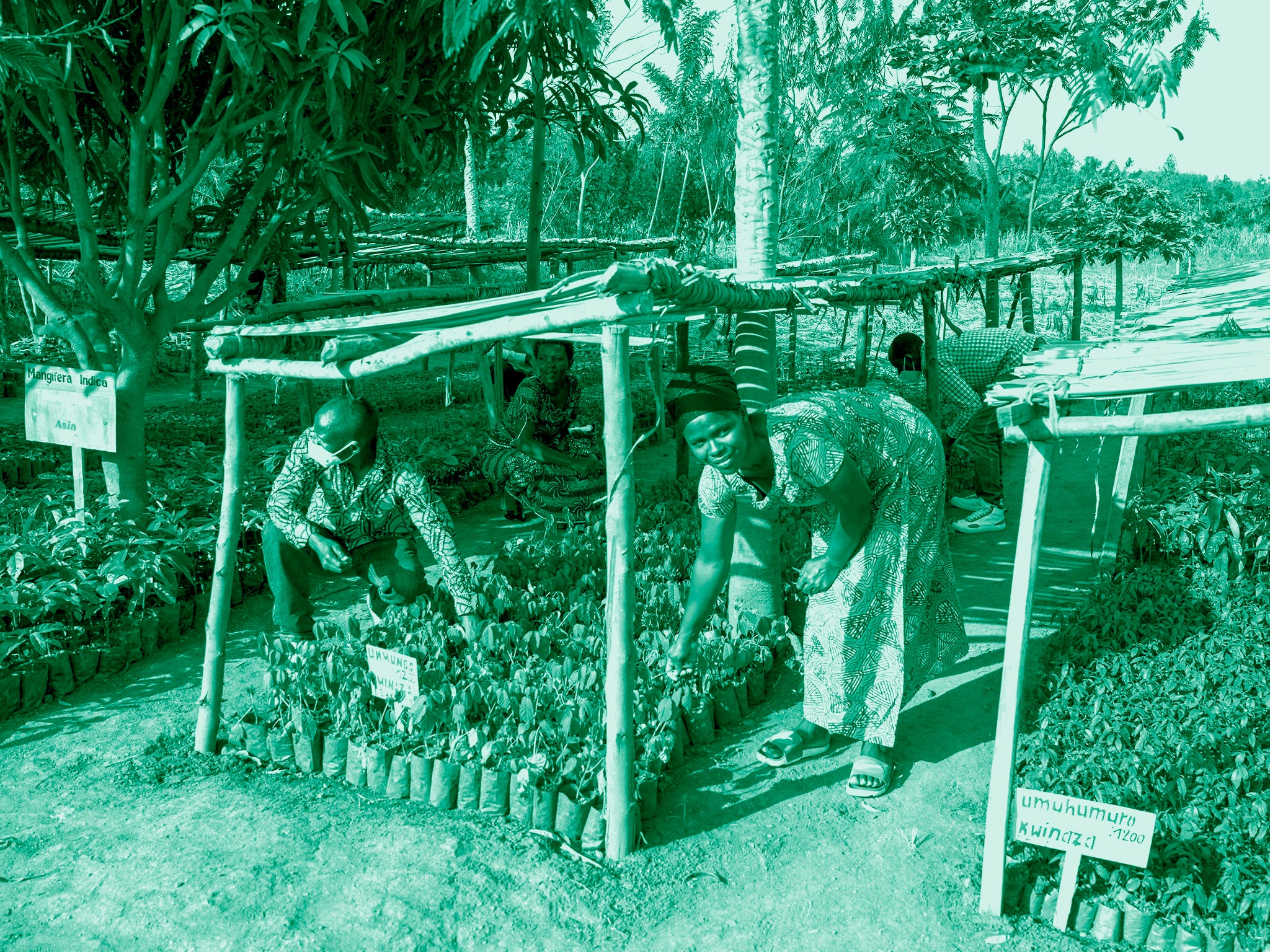What is agroforestry and why is it vital in the climate fight?
- What is agroforestry?
- Why is it important?
- Why has UK uptake lagged behind other countries?
- What is required for more mixed-use land in the UK?

While agroforestry systems are already widespread in many parts of the world, a number of landowners and farmers in the UK are hesitant to make changes to their operations.
What is agroforestry?
Agroforestry is the practice of mixing forestry and agricultural practices which benefits people, wildlife and the environment.
This can mean growing both trees and crops on the same piece of land or allowing animals to wander and feed and shelter in areas of woodland, assisting with woodland management in return.
This differs from traditional forestry and agriculture by focusing on the positive interactions between farming and forestry rather than viewing them as completely separate.
Why is it important?
Being less dependent on oil and chemical-based fertilisers and pesticides, agroforestry develops land resilience in the face of climatic extremes (such as the wet winters and drier periods in the spring and summer) and stores higher levels of carbon in the soil.
Agroforestry can also prevent soil compaction – a complex problem faced by farmers in which soil, crops, weather and machinery interact to create impermeable layers within the soil that restrict water and nutrient cycles. Combining growing trees and animal grazing helps to prevent this and protect the soil structure.
Biodiversity can be enhanced by agroforestry because it can create creating a symbiotic relationship between animals and plants.
This leaves space for a variety of other species to become established and leads to a wider diversity of plants in forests.
Why has UK uptake lagged behind other countries?
Beth Brook, CEO of The Heart of England Forest, a UK-based conservation and reforestation charity, said: “Although the concept of agroforestry has been a traditional way of managing land efficiently and effectively for centuries and so is nothing new, in the recent past the UK has lagged behind other countries mainly due to historic agricultural and land use policy.
“At a policy level, historically forestry and farming have been dealt with as two completely separate matters, and policy and grant funding have reflected this.
“Although both areas now sit together within the Defra family, they continue to be dealt with separately, resulting in unintended consequences when it comes to the grants that are administered for both agriculture and forestry.
“We are hopeful that the new Environmental Land Management funding which is due to begin in 2024 will be more forward-thinking than previous funding and will encourage the use of agroforestry and other methods of sustainable land management.”
What is required for more mixed-use land in the UK?
Establishing some high-quality examples across the UK, willing to share knowledge and expertise, will help to increase practice as farmers learn from each other, Beth Brook claims.
“What we need to see is Government giving early, clear signals through the Environmental Land Management scheme that agroforestry will be supported, and instilling confidence in the sector, empowering change from within,” she added.
Join our commenting forum
Join thought-provoking conversations, follow other Independent readers and see their replies
Comments
Bookmark popover
Removed from bookmarks